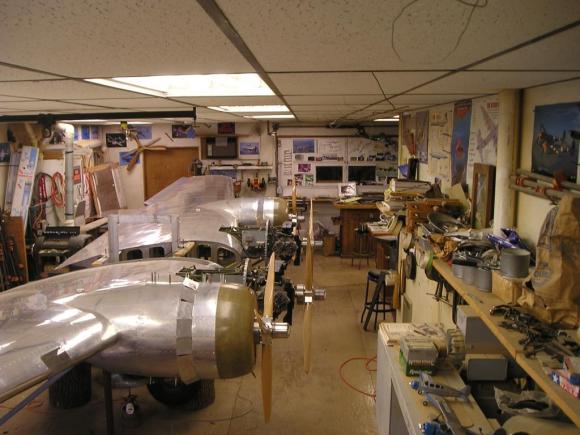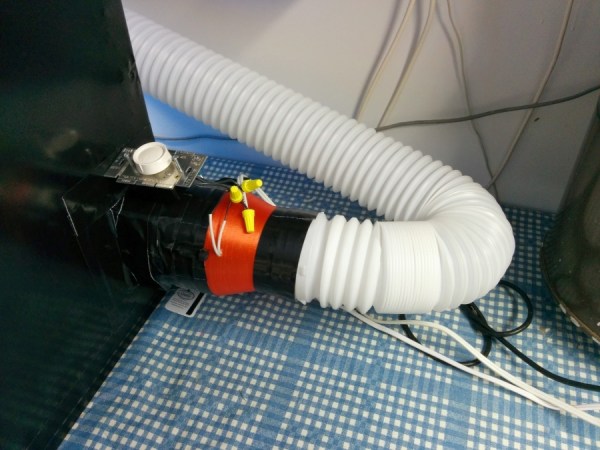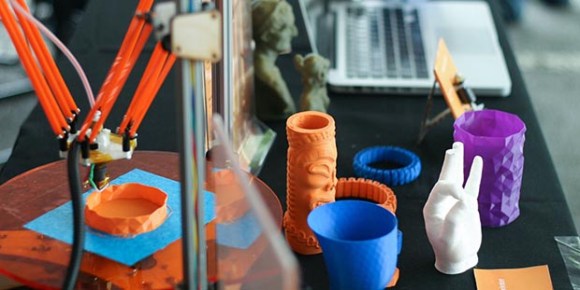
One of our tipsters just sent us this fascinating story about The Bally Bomber, a single man’s huge undertaking that started back in 1999. It’s a 1/3rd scale version of the B-17G Bomber — and no, it’s not remote controlled, there will be a pilot.
Not familiar with the B-17G? What about its trade name? It’s called the Boeing B-17 Flying Fortress. This massive bomber was developed back in the 1930’s for the United States Army Air Corps as a combination between the Boeing 247 transport plane and the experimental Boeing XB-15 Bomber.
8680 of the B-17G model were built, but as of September 2011, only 13 of the entire B-17 family remain airworthy. The Bally Bomber is the only known scale replica, and looking through the progress photos it is an absolutely jaw-dropping project. It hasn’t been test flown yet, but they are getting painfully close to its maiden flight.
For more information, you can also check out their Facebook page which seems to be updated on a regular basis.
[Thanks Ryan!]

















